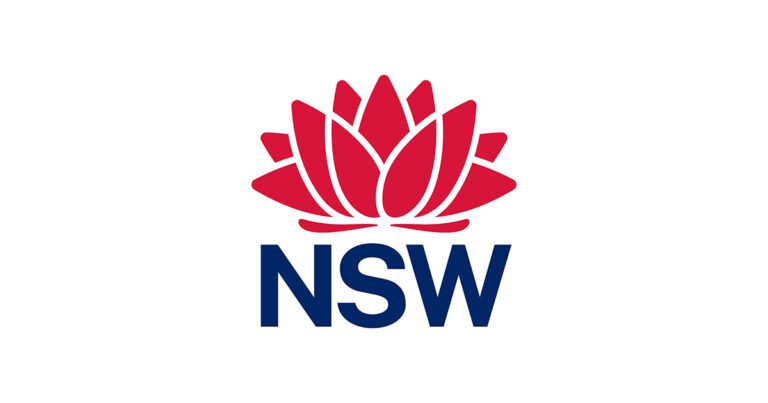
Sales of Eli Lilly’s chronic weight management drug Zepbound are growing by leaps and bounds, but the product is expensive to manufacture and the pharmaceutical giant remains pressed to make enough to meet demand. Meanwhile, other companies are taking market share with compounded versions.
Lilly has found a way to reach more patients with its fast-growing product while also taking a competitive stand against Zepbound knockoffs: It’s offering the drug directly to patients at a steep discount. Supplying Zepbound in this way makes the drug available to more patients and cuts out traditional pharmacies and pharmacy benefit managers from the equation. The move could pave the way for more drugs from Lilly and other drugmakers to follow the same path.
Zepbound, a peptide designed to activate the GLP-1 and GIP receptors to spark its metabolic effects, carries a list price of $1,059.87 for a month’s supply. But that price does not reflect what Lilly gets for the drug or what insurance companies pay. Pharmacy benefit managers negotiate for rebates that lower a drug’s cost to the health plans they work for.
The Zepbound single-dose vials that Lilly introduced last week are only for self-pay patients — people who don’t have employer-sponsored insurance or need to pay for their drugs outside of insurance. The drug will be available to patients through LillyDirect, a direct-to-consumer digital health platform Lilly launched earlier this year. Lilly says this channel provides a way to ensure patients that receive authentic Zepbound, not a counterfeit or untested knock-off. The company adds it’s also a way to ensure the drug goes to people who use it for obesity, not cosmetic weight loss.
Even if patients self-pay for Zepbound, they’ll still need a prescription. The new vials are available only in 2.5 mg and 5 mg doses, which are the two lowest doses of the six doses of Zepbound available in self-injection pens. The new Zepbound vials slash the drug’s price nearly in half with a month’s supply costing $549, or $137.25 per vial. Directly providing the drug to patients avoids payer access issues, said Lee Brown, global sector lead for healthcare at research firm Third Bridge. While PBMs say they save money and pass those savings on to their clients, they also keep some of it, Brown said. Directly selling to patients cuts out PBMs.
“I think the drug manufacturers are asking themselves, in a world that’s been simplified through ecommerce, because we’ve come so far in shipping, we really don’t need you,” Lee said of PBMs. “We can offer same attractive rebates and we know the client is receiving it.”
Tirzepatide, the main pharmaceutical ingredient in weight drug Zepbound and type 2 diabetes medication Mounjaro, has become Lilly’s top revenue generator. In the first half of this year, the company reported $4.9 billion in Mounjaro sales. Zepbound’s revenue in the same period was $1.7 billion. In a research note sent following Lilly’s August release of second quarter 2024 financial results, Morningstar analyst Damien Conover wrote that the pharma company’s manufacturing ramp up is largely meeting current demand for tirzepatide products, but supply could be limited if demand increases quickly. Strong demand has made it challenging for both Lilly and Novo Nordisk to supply enough of their respective metabolic disorder products, leading to drug shortages.
Signs point to an easing of the shortages. Lilly’s tirzepatide in all of its doses for Mounjaro and Zepbound, are available and no longer in shortage, the FDA’s drug shortage database currently shows. For Novo Nordisk’s semaglutide, the main ingredient in the weight drug Wegovy, the FDA lists availability for all doses except the lowest one, which has limited availability due to an increase in demand.
Brown said supply constraints in the market are tied to autoinjectors and not active pharmaceutical ingredients. As evidence, he notes that compounding pharmacies are able to make their obesity drugs without facing constraints for tirzepatide or semaglutide. Patients who order home delivery of GLP-1 drugs from compound pharmacies do so because of the lower cost, Brown said. Lilly’s direct-to-consumer offering is targeted to these price-conscious consumers. By offering Zepbound through LillyDirect, Lilly is replicating the compounders’ service offering with pricing that’s competitive with the compounded drug, Brown explained. Furthermore, patients don’t have to worry about purity issues that are a concern with compound medicines.
Brown said that when Lilly introduced LillyDirect, he viewed it as a negotiating strategy to get managed care organizations and PBMs to open up more access to the formularies, the list of covered drugs. With the new Zepbound vials, Brown says Lilly is now signaling it doesn’t need PBMs for certain drugs.
Last week, Pfizer followed Lilly into direct-to-consumer drugs with the launch of PfizerForAll. In addition to telehealth offerings, this platform will help patients access drugs and diagnostics for conditions such as Covid-19, migraines, and the flu. Brown said direct sales to patients won’t make sense for all drugs and pharma companies will continue to work with PBMs for some products. But the Lilly and Pfizer moves signal that more companies may opt to make more drugs directly available to patients.
“You’re taking the leverage away from the pharmacy benefit managers,” Brown said. “Over time that could lead to price creep that’s not to the advantage of patients. But if everyone moves in this direction, you might have multiple direct-sales channels.”
Photo: Craig F. Walker/The Boston Globe, via Getty Images






